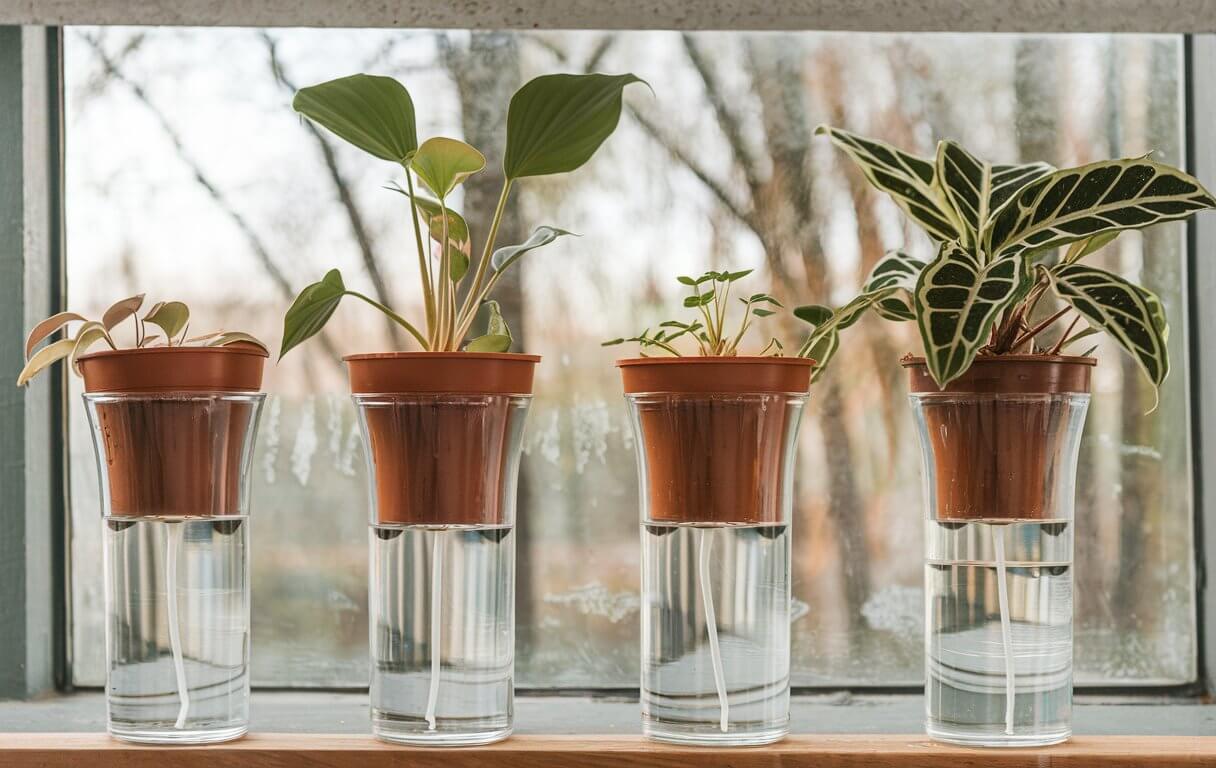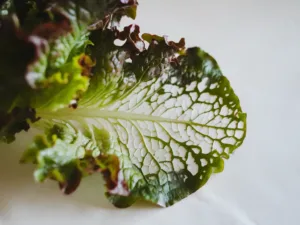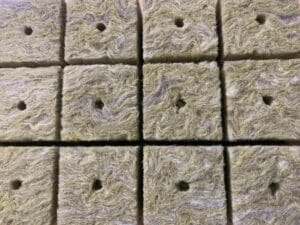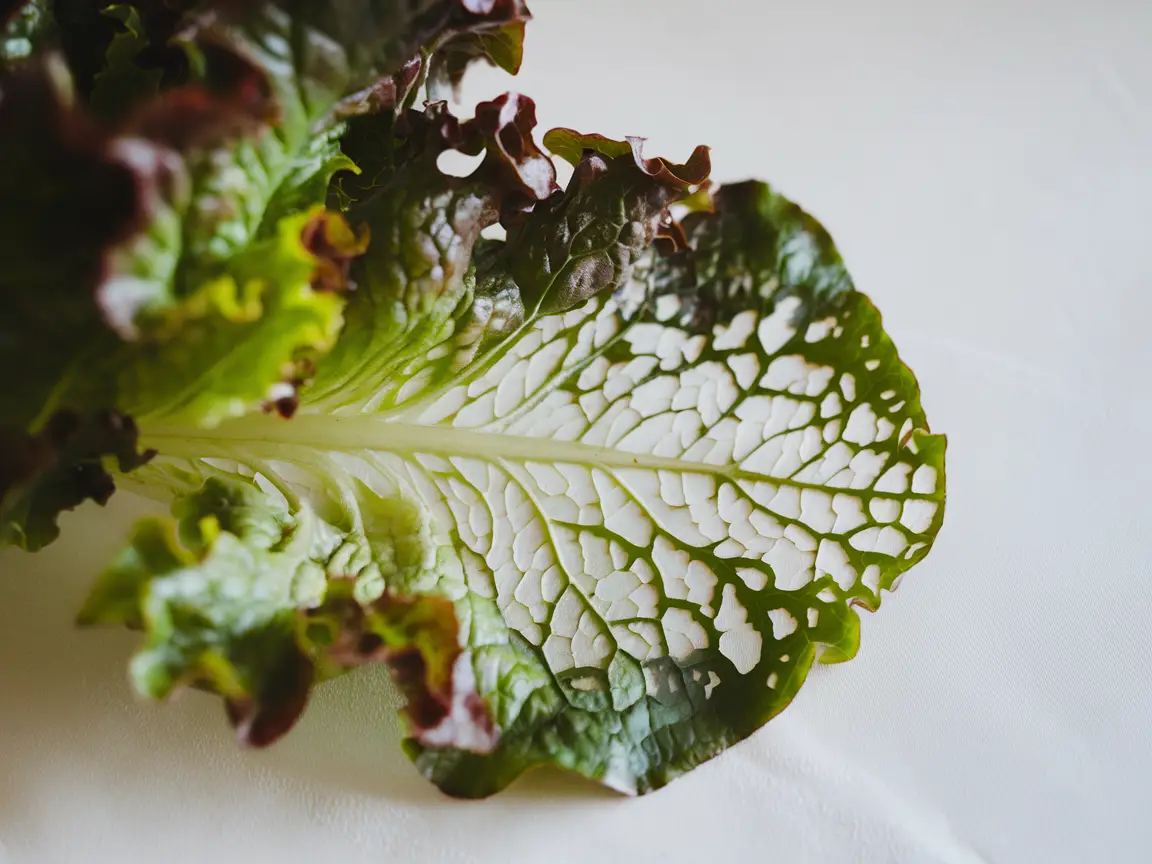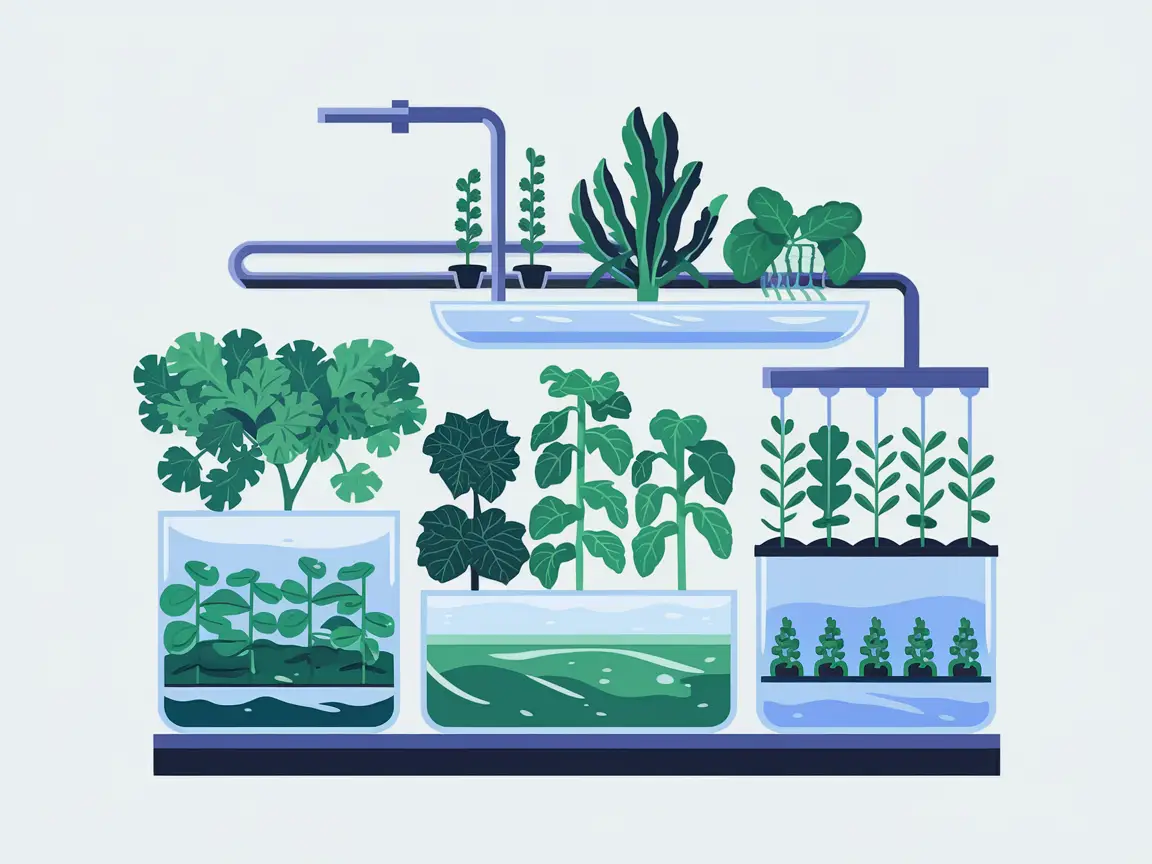Imagine being able to grow plants without constantly worrying about the watering can – that’s where the Wick System comes in! Simple, clever, and completely electricity-free: let’s explore together how this natural trick works. 🌱✨
What is the Wick System?
The Wick System is one of the simplest hydroponic systems that you can set up yourself. In this system, plants are supplied with a nutrient solution through a wick. The wick draws nutrients from a reservoir and transports them directly to the plant’s roots. It’s especially suited for beginners as it requires few technical components and minimal maintenance.
Setup
The Wick System consists of a nutrient solution reservoir, one or more wicks, plant containers, and a medium like perlite or coconut fiber to hold the plants. The wick connects the reservoir to the plant container and draws the nutrient solution up to the roots like a sponge. Simple, but effective!
Variations
There are different ways to set up a Wick System. You can use small pots connected with a single wick or arrange multiple plants in larger containers, where several wicks distribute the nutrient solution evenly. A popular variation is combining it with a planter box to provide nutrients for multiple plants side by side.
Advantages
The Wick System offers several major advantages:
- No electricity required: Since no pump is needed, the system is electricity-independent.
- Simple: It’s easy to set up and operate, ideal for beginners.
- Cost-effective: Few materials and no ongoing energy costs make it affordable.
It’s perfect for those who want to try hydroponics without a large investment.
Disadvantages
But the Wick System does have some drawbacks:
- Limited nutrient supply: Since the system is purely passive, it may struggle to supply enough nutrients for larger plants.
- Risk of clogging: The wick can clog over time, especially if the nutrient solution isn’t kept clean.
- Plant selection: This system is better suited for plants with lower nutrient needs, like herbs or leafy greens.
Build Your Own Wick System
Required Materials
- Wick material (e.g., cotton cord or felt strips)
- Reservoir (container for nutrient solution)
- Plant container
- Growing medium (e.g., perlite or coconut fiber)
- Nutrient solution
Assembly Instructions
- Fill the reservoir with nutrient solution and place it below the plant container.
- Thread the wick through the plant container so it is well anchored in the growing medium and reaches the reservoir.
- Plant your seedlings in the growing medium, ensuring that the wick absorbs the nutrient solution well.
- Ensure that the wick remains moist so that the plants are continuously supplied with nutrients.
Maintenance and Care
Only minimal maintenance is needed to keep your Wick System working well:
- Check the pH of the nutrient solution: Keep it between 5.5 and 6.5.
- Clean the reservoir every few weeks to prevent build-up.
- Ensure the wick remains free of clogs to maintain optimal nutrient delivery.
With these simple maintenance steps, your Wick System will remain functional for a long time, allowing your plants to thrive.
Common Problems and Solutions
The Wick System may occasionally run into problems:
Clogging
Sometimes the wick can clog, which disrupts nutrient supply. Make sure to check the wick regularly and replace it if needed.
Nutrient Deficiency
Since the Wick System relies on passive nutrient delivery, nutrient deficiency may occur, especially with larger plants. Therefore, choose plants with lower nutrient requirements, like lettuce or herbs.
Waterlogging
Avoid highly absorbent media, as this can lead to waterlogging. Ensure a good balance between water absorption and root aeration.
Frequently Asked Questions
What do I do if the wick clogs?
You can clean clogged wicks in warm water or replace them with new ones. It’s best to use durable materials like cotton cord, which are less prone to clogging.
Which plants are best suited for the Wick System?
The Wick System is ideal for plants with low nutrient needs, such as herbs (basil, thyme) or leafy greens. Tomatoes and other large-rooted plants are less suitable.
Can I combine the Wick System with other hydroponic methods?
Yes, the Wick System can be combined with other methods, like Kratky, to benefit from the advantages of both. This can provide more flexibility in cultivation.

